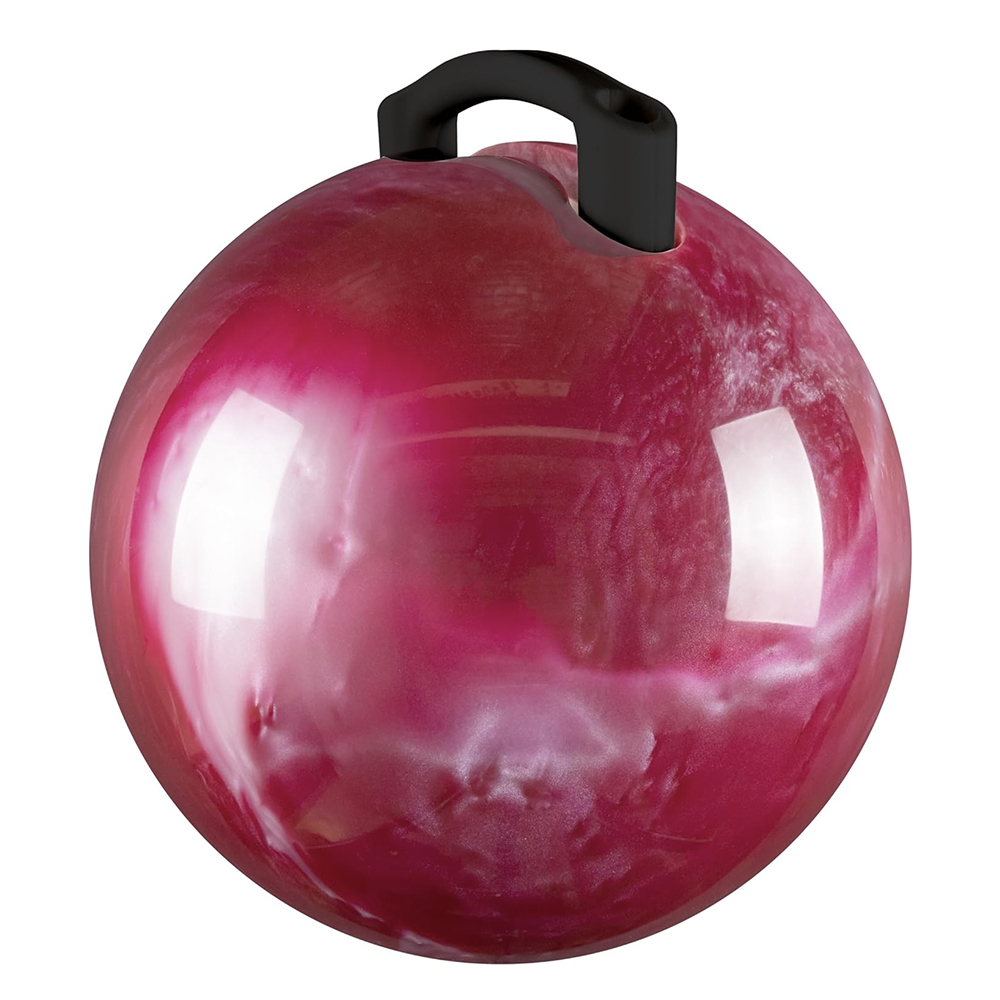Bowling is a popular activity enjoyed by people of all ages. Whether it’s a casual night out with friends or a serious competition, understanding how to score in bowling is essential for improving skills and enhancing the overall experience. Many beginners find the scoring system complicated, but mastering it is easier than it seems. This article will simplify bowling scoring so that newcomers can elevate their game confidently.
Introduction to Bowling Scoring
Bowling scoring might seem complex for newcomers, but it’s easy to understand with guidance. Knowing how to score properly helps improve strategy and enhances enjoyment during games.
The Basics of Scoring
In bowling, the aim is to knock down as many pins as possible. Each game consists of 10 frames, with two chances to knock down all the pins in each frame. Strikes, spares, and open frames have different scoring methods. A strike earns extra points for the following rolls, while a spare adds points from the next roll. Open frames simply total the pins knocked down in that frame.
Importance of Understanding Scoring Rules
Understanding bowling scoring rules can boost your performance and competitive edge. It helps track progress during the game and plan shots in advance. With proper scoring knowledge, you can also identify areas needing improvement. Whether playing casually or competitively, accurate scoring enhances the overall experience.

How Bowling Scores Are Calculated
Understanding how scores are calculated is key to mastering bowling scoring. Each frame has its own scoring rules based on performance. Let’s explore the details for open frames, strikes, and spares.
Scoring in Open Frames
An open frame occurs when no spare or strike is made. The score for that frame is simply the total number of pins knocked down across the two rolls. For example, if you knock down 7 pins in the first roll and 2 pins in the second, your score for the frame is 9. Open frames are straightforward but offer less opportunity for bonus points.
Strikes and Their Impact on Score
A strike happens when all 10 pins are knocked down in the first roll. It adds a bonus to your score. The bonus equals the pins knocked down in your next two rolls. For example, if you score a strike and then knock down 3 pins followed by 6 pins, your strike frame earns 19 points (10 + 3 + 6). Strikes are crucial for high scores, especially when achieved consecutively.
Spares and How They Add to Your Total
A spare is when all 10 pins are downed in two rolls. Similar to a strike, a spare comes with a bonus. The bonus is the number of pins knocked down in your next roll. If you roll a spare and knock down 4 pins on your next roll, your spare frame earns 14 points (10 + 4). Spares can help maintain momentum and improve your overall score.

Common Bowling Scoring Terms
Understanding key bowling scoring terms is important for improving your game performance. Below, we explain common terms like strikes, spares, and open frames for clarity.
Definition of a Strike
A strike happens when you knock down all 10 pins with one roll. Strikes add a bonus to your score based on the pins knocked down in your next two rolls. Consecutive strikes can lead to higher scores and are essential for achieving perfect games.
What Is a Spare?
A spare occurs when you fail to knock down all pins on the first roll but clear the remaining pins on the second roll. Spares add a bonus to your score equal to the pins knocked down on your next roll. Strategic spare conversions help sustain momentum and improve your score.
What Are Open Frames?
An open frame means you did not achieve a strike or spare. The score for an open frame is simply the total pins knocked down across both rolls in that frame. Open frames offer no bonus points, making strikes and spares more desirable for boosting your score.
The Role of Frames in Bowling
Frames are the building blocks of bowling scoring. A standard game has 10 frames. Each frame gives players the chance to knock down pins and earn points. Properly understanding these frames helps in planning and improving your performance.
Breakdown of the 10 Frames
The first nine frames follow a simple structure. In each frame, a player has two rolls to knock down all 10 pins. Depending on the outcome, the score is updated as either an open frame, a spare, or a strike. Open frames only total the knocked-down pins. Strikes and spares include bonus points for subsequent rolls.
Consecutive strikes or spares can make the score skyrocket. Focus on consistent effort across these nine frames. They set the foundation for your total score.
How the Final Frame Differs
The 10th frame is unique and often decisive. Players can roll up to three times, depending on performance. If a strike or spare is achieved, the extra rolls are granted to calculate the bonus points.
For example, a strike in the first roll of the 10th frame allows two extra rolls. A spare in the first two rolls allows one extra roll. This final frame provides an opportunity to maximize your score. However, it also requires precision and strategic planning.
Understanding this special frame can help you finish your game strong. Focus on accuracy and adjust your approach based on the situation.

Advanced Scoring Strategies
Improving your bowling scoring involves strategic planning and consistent execution. Mastering advanced techniques can boost your score and overall gameplay.
Maximizing Your Strikes
Strikes are key to achieving high scores in bowling. Focus on consistent accuracy and aim for the pocket—the space between the front pin and the pins behind it. Use proper technique and a controlled release to increase chances of a strike. Consecutive strikes create additional bonuses, raising your total score significantly. Practice targeting the pocket and adapting to lane conditions to maximize your strikes.
Effective Spare Conversions
Spare conversions help maintain your momentum in bowling. Identify the remaining pins and adjust your aim accordingly. Develop a clear strategy for tackling specific pin setups, such as splits. Use a spare ball for precision if possible. Practice hitting single pins and tricky configurations regularly to improve your spare conversion rate. Effective spare handling can balance your score even when strikes are missed.
Avoiding Common Scoring Pitfalls
Avoiding unnecessary errors is crucial for better scoring. Focus on consistent release and proper technique to minimize missed pins. Steer clear of emotional frustration, as it can affect your accuracy. Learn to adjust quickly to changing lane conditions, including oil variations. Prevent open frames by aiming for either a strike or a spare in every frame. Understanding common pitfalls and how to overcome them helps you maintain a higher score throughout the game.

Keeping Track of Scores
Keeping track of your bowling score ensures accurate results and helps evaluate your performance. Two main scoring methods are commonly used: manual scoring and automatic scoring systems. It’s important to understand both approaches to make scoring easy and effective.
Manual Scoring vs. Automatic Scoring Systems
Manual scoring requires players to actively calculate their scores after each frame. When using this method, note the pin count for every roll and apply the correct scoring rules for strikes, spares, or open frames. Manual scoring teaches the rules better, sharpening your understanding of bowling scoring fundamentals.
Automatic scoring systems, commonly found in modern bowling alleys, calculate scores for you. They display real-time updates after each roll, making tracking scores effortless. These systems reduce errors and allow players to focus entirely on their game.
While automatic systems are convenient, knowing manual scoring is still vital. It ensures accuracy if the software malfunctions and deepens your grasp of scoring rules.
Tips for Scoring Accuracy
To ensure your scores are accurate, practice these tips:
- Double-Check Your Calculations: Always verify scores when manually recording points. Small mistakes can impact the final result.
- Understand Scoring Rules: Know the scoring guidelines for strikes, spares, and open frames to avoid errors.
- Use a Score Sheet: Keep a detailed score sheet if scoring manually, noting each roll carefully.
- Watch Automated Systems: If using automatic scoring, stay alert for any potential system malfunctions or inaccuracies.
- Ask for Assistance: If unsure about scoring, seek help from experienced players or bowling alley staff.
By following these tips and embracing both manual and automatic scoring methods, you’ll enjoy a smooth and precise bowling experience.
Practice and Improvement
Improving your bowling scoring requires dedication and consistent effort. Practice and tracking progress can significantly boost your skills. Let’s explore some essential tools and techniques to enhance your game.
Tools for Tracking Your Progress
Tracking your performance is a critical step in improving at bowling. Various tools can help:
- Score Sheets: Use score sheets to record your scores frame by frame. Analyze trends and progress.
- Bowling Apps: Download apps that provide detailed scoring analysis. Some apps also suggest areas for improvement.
- Video Recording: Record your bowling sessions to review your technique. Identify flaws and work on them.
- Statistical Charts: Create charts to monitor scores over time. Include strikes, spares, and open frames.
These tools provide valuable insight into your strengths and weaknesses. Regular tracking helps set achievable goals and refine your strategies.
Developing a Consistent Approach to Scoring
Consistency is key to building your bowling skills. Follow these practices to maintain steady improvement:
- Establish a Routine: Develop a pre-roll routine to prepare mentally and physically for every roll.
- Practice Timing: Work on consistent release timing. This ensures better accuracy and control.
- Targeting Skills: Practice aiming at specific pins or areas, especially for spare conversions.
- Adapt to Lanes: Learn to adjust your technique based on lane conditions like oil patterns.
- Analyze Scores: Regularly review your scores to identify patterns and areas needing focus.
Developing consistency involves patience and practice. Stick to these strategies, and you’ll see your bowling scoring improve gradually.

Join a Bowling League or Group
The Benefits of Community
Joining a bowling league or group can offer numerous benefits for new and experienced bowlers alike. Competing regularly in a social environment fosters a sense of community and camaraderie. This not only enhances the overall enjoyment of the sport but also presents opportunities to learn from more experienced players.
Being part of a bowling league provides valuable experience. You have the chance to observe different playing styles and techniques while receiving friendly advice from more skilled bowlers. This collective knowledge contributes to your growth as a bowler. Additionally, leagues often organize events and tournaments that motivate players to improve their skills, further enhancing the competitive aspect of the game.
Staying Committed
Participating in a league can help instill a sense of commitment to regular practice. Consistency is vital in developing and maintaining skills. Setting a schedule to bowl in leagues or with friends encourages you to stay engaged with the sport. This commitment is essential for implementing the lessons learned in scoring and mechanics into practice.
Bowling in a league creates an environment that celebrates improvement. The supportive atmosphere fosters a mindset focused on achieving personal goals, whether it’s mastering the scoring system or achieving a new high score. By staying committed and actively participating in a bowling community, you can continually improve your skills and enjoyment of the game.
Embrace the Game of Bowling
In conclusion, mastering bowling scoring is essential for every beginner looking to enhance their game. Understanding strikes, spares, and open frames establishes a strong foundation for accurate scoring. As bowlers become familiar with the intricacies of the scoring system, they will experience increased enjoyment and satisfaction.
The journey to becoming a better bowler might require time and dedication, but it is worthwhile. Regular practice, drills, and joining a bowling community will help elevate your skills and confidence. Remember to communicate with fellow bowlers, share tips, and always remain open to learning. Each frame presents an opportunity to grow and improve.
As you step onto the lanes, embrace the excitement and camaraderie bowling offers. Celebrate your progress, learn from your experiences, and enjoy every moment spent with friends or family. With a solid understanding of scoring, dedication to improvement, and a love for the game, your bowling journey is sure to be rewarding and fun. So grab your ball, lace up your shoes, and get ready to have an amazing time at the bowling alley!
